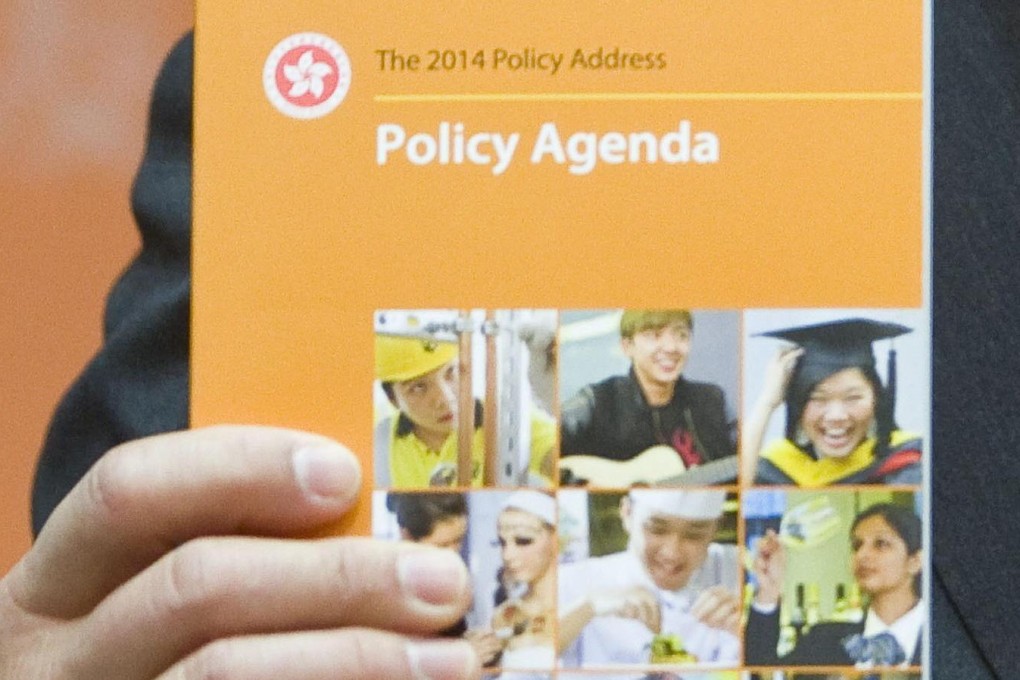Advertisement
Has Hong Kong government's cutback on policy address print copies been justified?
Government's policy to reduce the number of paper copies of chief executive's blueprint raises questions about how many actually read it
Reading Time:2 minutes
Why you can trust SCMP

The government is printing fewer copies of the chief executive's policy address these days.
The move raises the question: is the administration's effort encouraging people to read the policy blueprint in a more environmentally friendly way, or are they just not reading it at all.

Advertisement
The department also provides leaflets which summarise the key points of the address.
People may also read the full text of the speech online or download it from the government's website.
Advertisement
The biggest paper-saving move in the past six years came in 2010, when the number of copies printed was reduced by almost a third, to 60,441.
Advertisement
Select Voice
Choose your listening speed
Get through articles 2x faster
1.25x
250 WPM
Slow
Average
Fast
1.25x